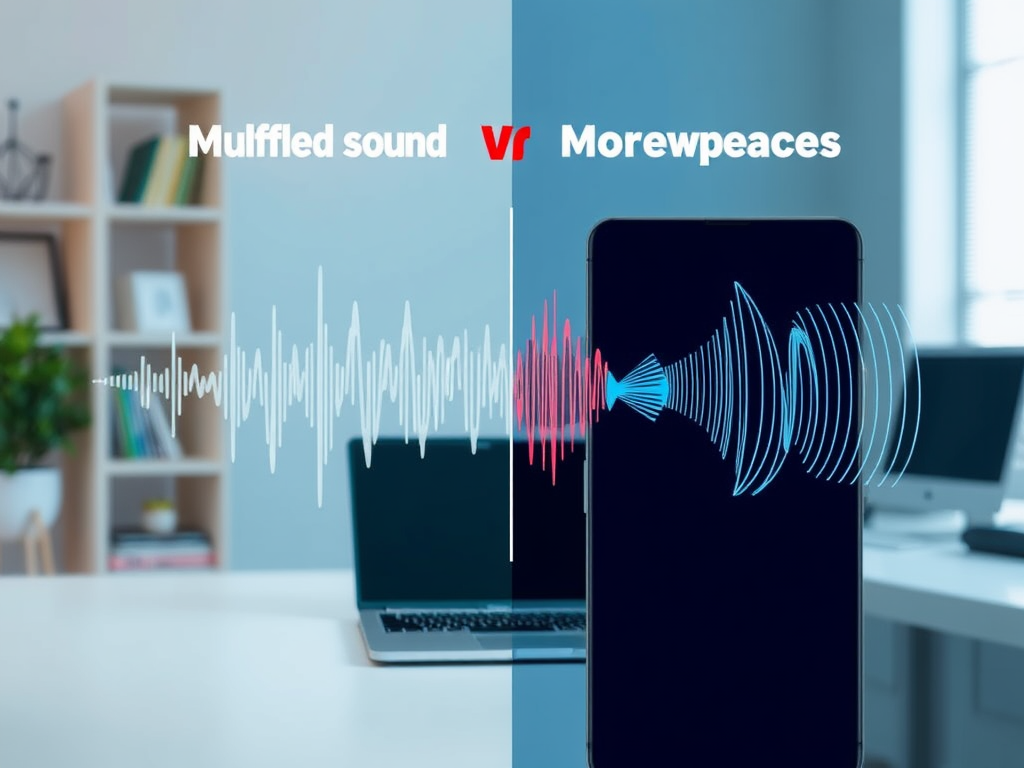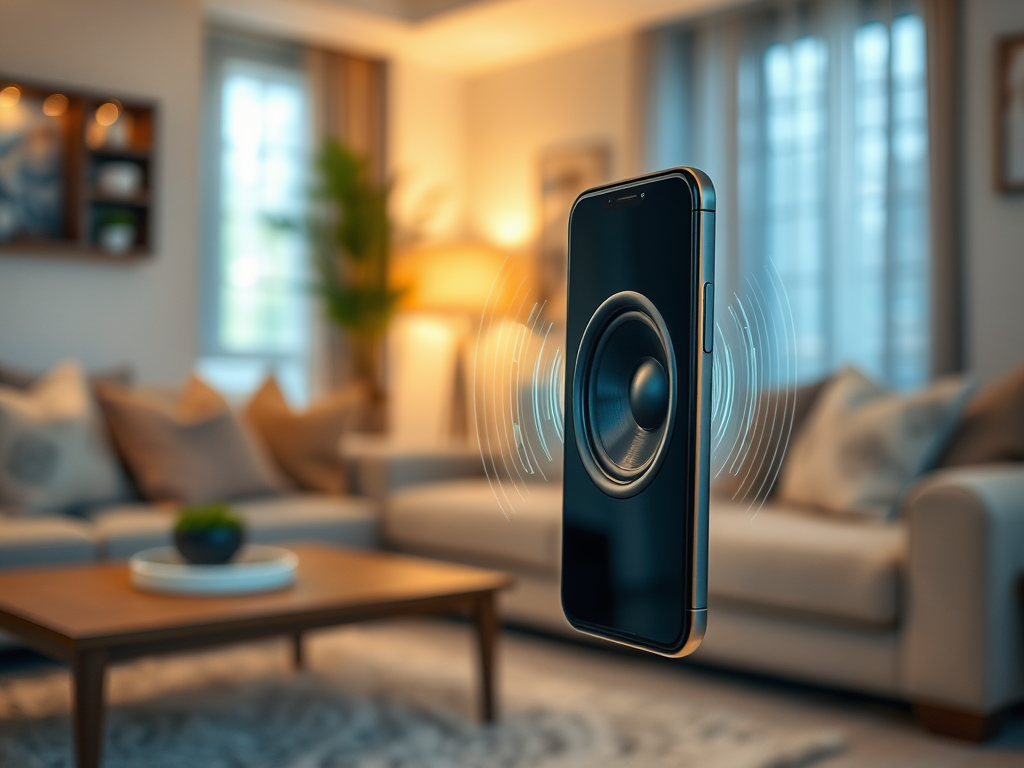Sound quality plays a crucial role in our overall experience with phone devices. From streaming your favorite song to picking up a vital phone call, crystal-clear audio is essential. Yet, many mobile users face common issues like muffled and distorted sounds that can compromise listening enjoyment. Understanding the differences between these two audio problems is not just about improving sound quality; it’s also about extending the life of your device and enhancing your daily interactions. With this knowledge, you’ll be better equipped to troubleshoot any issues and make informed decisions on how to resolve them. So, let’s delve into the nuances of these disturbing sound qualities!
Understanding Phone Speaker Sound Quality

When it comes to phone speakers, sound quality isn’t just a luxury—it’s a necessity for an optimal user experience. Problems like muffled and distorted sound can arise from various factors and can severely hinder our listening pleasure. Distinguishing between muffled and distorted sound is vital for anyone looking to maintain audio fidelity. Not only does it help preserve your device’s integrity, but it also ensures enjoyable communication and entertainment. The following sections will explore both types of sound problems in detail, looking into their causes, characteristics, and solutions.
What Is Muffled Sound?

Muffled sound can best be described as a lack of clarity and detail in audio playback. Instead of crisp notes and clear dialogue, you get a hazy output that feels as though it’s trapped in a pillow. This can make conversations difficult to follow and music less enjoyable. The sensation of listening to muffled sound often leads to frustration, prompting users to adjust their volume or swivel their phones for a bit of enhanced clarity. However, certain underlying issues are typically at play when experiencing this phenomenon. Understanding these triggers can empower you to tackle muffled sound effectively.
- Obstructed Speakers: Dust, lint, and debris can accumulate in the speaker grills, blocking audio waves and diminishing output clarity.
- Software Issues: Sometimes, software glitches or improper audio settings can poorly balance sound frequencies, resulting in muffled audio.
- Low-Quality Audio Sources: Streaming low-bitrate music or utilizing poor audio formats can lead to a compromised listening experience.
What Is Distorted Sound?
In contrast, distorted sound involves an alteration in the audio signal that results in an unpleasant listening experience. This can be particularly pronounced at higher volume levels, where music and voices lose their intended richness and instead become sharp and harsh. For many users, this harshness can feel like nails on a chalkboard, making it hard to enjoy any kind of sound. Distortion may also indicate that the speaker has been pushed to its limits or that there’s an underlying hardware issue. Just as with muffled sound, identifying the causes of distortion can help remedy the issue and enhance your audio experience.
- Overdriving the Speaker: Playing audio at excessively high volumes can easily distort sound waves, resulting in jarring playback.
- Hardware Damage: Physical issues, such as ripped speaker cones, can permanently alter the quality of sound output.
- Digital Errors: Corrupted audio files or unsupported formats can introduce unwanted changes in audio signals.
| Audio Issue | Characteristics | Common Solutions |
|---|---|---|
| Muffled Sound | Lack of clarity, subdued volume | Clean speaker grill, adjust audio settings |
| Distorted Sound | Harsh, uncomfortable output | Lower volume, repair/replace hardware |
Key Differences Between Muffled and Distorted Sound
Understanding the key distinctions between muffled and distorted sound can lead to more effective solutions. While both issues present challenges, they come from different origins and impact sound quality in unique ways. For instance, muffled sound often lacks high frequencies, giving an overall dull feeling to the audio. In contrast, distortion can affect multiple frequency ranges, resulting in a harsh sound. Additionally, one way to address muffled sound is through simple adjustments like cleaning, whereas distortions often require a deeper dive into hardware solutions. In many cases, you’ll find that clarity and harshness are the primary differentiators in how sounds are experienced.
Conclusion
In summary, being able to differentiate between muffled and distorted sound in phone speakers empowers users to tackle audio issues proactively. Both problems can stem from simple causes like accumulation of dirt or more serious hardware concerns. By understanding these nuances and troubleshooting accordingly, you can restore and enhance the sound quality of your device. Whether you’re enjoying music, taking calls, or watching videos, a clear listening experience is within your reach. It’s crucial to monitor your device’s audio performance regularly and intervene as necessary to avoid long-term damage.
Frequently Asked Questions
- What causes my phone speaker to sound muffled? Common causes include dust or debris in the speaker grill, software issues, or low-quality audio sources.
- How can I fix muffled sound on my phone? Clean the speaker grills, adjust audio settings, or try listening to a different audio source.
- What leads to distorted sound on phone speakers? Distorted sound may result from overdriving the speaker, hardware damage, or digital errors in the audio files.
- Can a software update fix audio issues? Yes, sometimes software updates can resolve bugs that affect sound quality.
- Should I replace my phone speaker if it’s distorted? If the distortion persists after troubleshooting, it may be necessary to replace the hardware.
